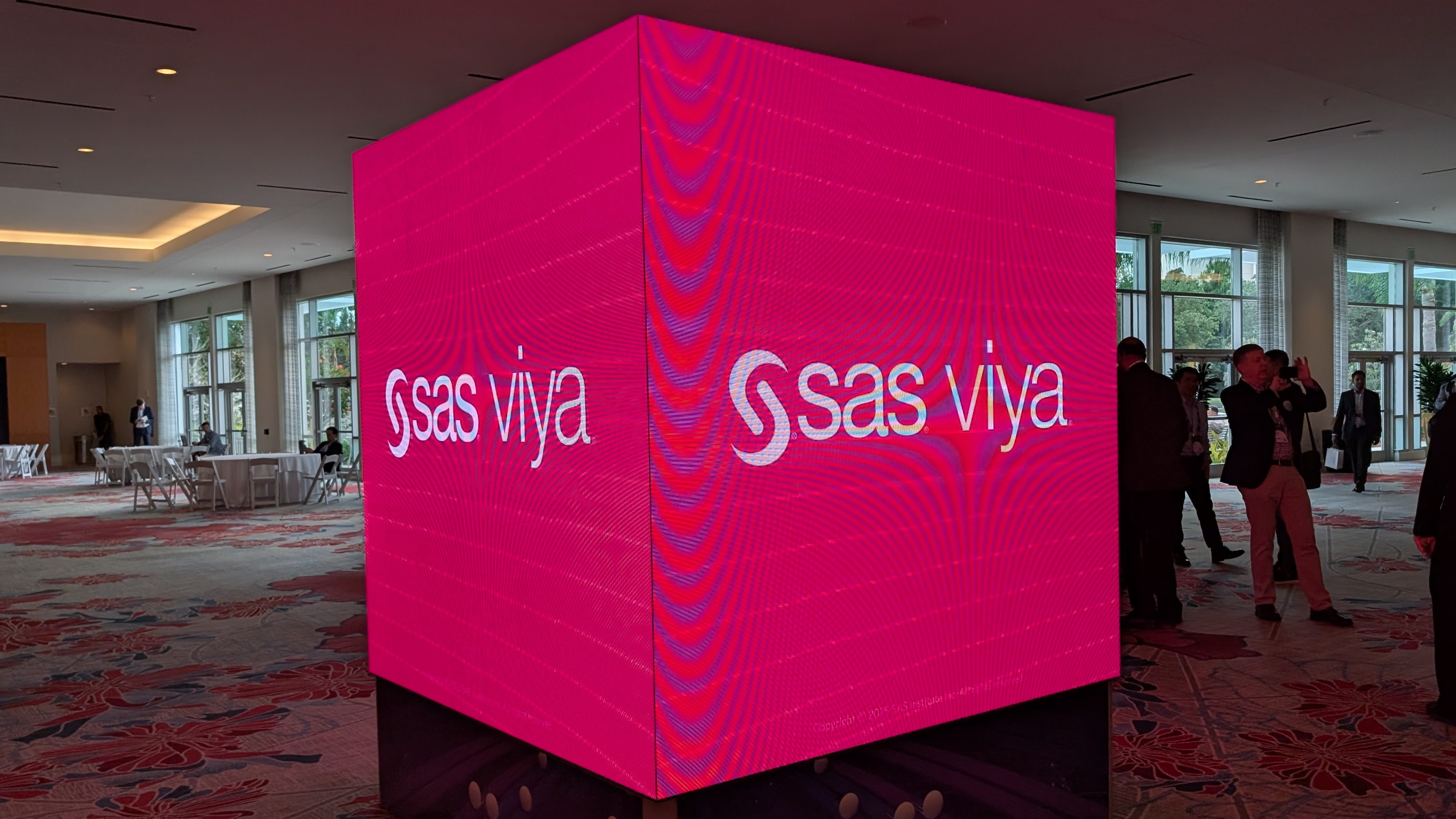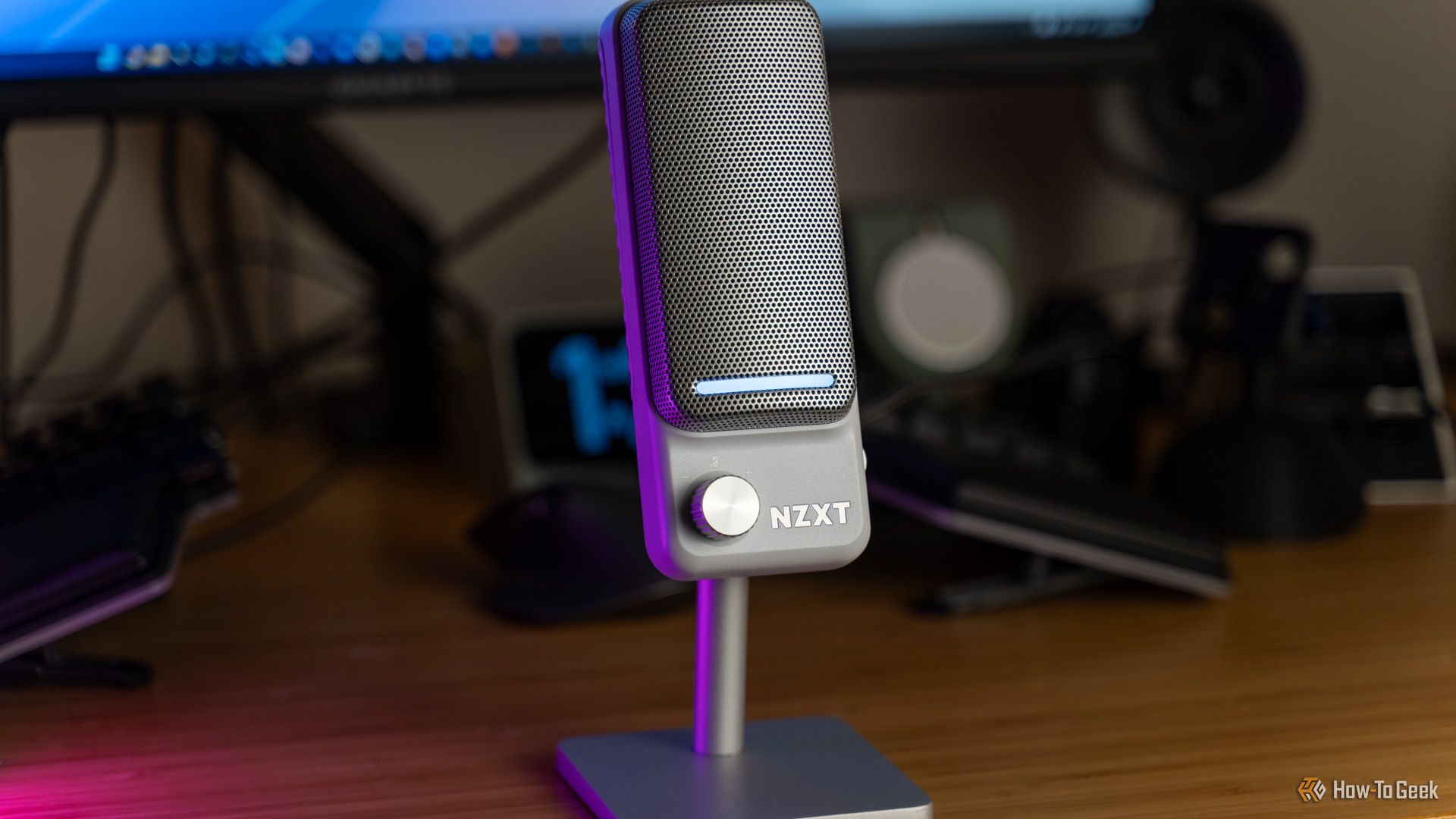SAS wants its AI agents to supercharge workers, not replace them

SAS has announced a new offering to help organizations design and deploy AI agents alongside domain-specific AI models.
Intended to streamline the path to AI adoption across protected industries, SAS Intelligent Decisioning will be made available through the firm’s cloud-based AI and analytics platform SAS Viya.
The announcement was made at SAS Innovate 2025, its annual conference held at the Hilton Orlando in Florida. Underlining the launch, SAS stressed the importance of AI agents that work alongside and enhance human activity, rather than automating or entirely supplanting it.
SAS Intelligent Decisioning will be focused on helping AI teams to design reliable AI agents which show transparent decision making and follow organizational guardrails.
Developers can decide how much autonomy to grant AI agents made on the platform, defining tasks that are better suited to human work or human-agent collaboration due to their complexity or ethical subjectivity.
The platform’s integrated governance capabilities will help leaders track the extent to which AI agents made within it follow data privacy laws, AI regulation, and AI ethics principles.
“SAS Viya builds agents that don’t just act – they decide with purpose, guided by analytics, business rules and adaptability and grounded by decades of SAS’ trusted governance,” said Marinela Profi, global AI market strategy lead at SAS.
“SAS’ unified, governed, decision-first framework turns AI agents from a science experiment to a business differentiator.”
Domain-specific models for faster adoption
SAS has a long-term goal of making agentic AI faster and easier to adopt, with plans to launch off-the-shelf agents trained to excel in tasks such as supply chain management or data engineering.
While these aren’t yet available, the data and analytics veteran used SAS Innovate as a platform to announce new domain-specific AI models. These can be deployed as-is by SAS customers, or fine-tuned with customer data.
For example, a new Strategic Supply Chain Optimization model helps leaders make data-driven decisions by using enterprise supply chain data to produce demand forecasts, plans for inventory and supply optimization, and efficiency improvements.
Another model, Tax Compliance for Sales Tax, has been billed as helpful for public sector organizations looking to identify tax noncompliance. It was trained on real-world tax data to provide compliance teams with analytics, visualizations, and auditing information to speed up the time taken reviewing tax documents.
SAS also announced models that cross sectoral boundaries. For example, its Document Analysis model can be used to process scanned documents for data analytics and reporting, leaning on traditional automation techniques such as robotic process automation to meet large-scale digitization of paper documents.
The AI Driven Entity Resolution model can also locate and link data across a customer’s ecosystem and has been identified by SAS as useful for many industries including banking, healthcare, the public sector, and insurance. It can also be used for data deduplication, data preparation, and fuzzy matching.
Later in 2025, SAS will release further AI models aimed at fraud decisioning in banking, payment integrity in the healthcare sector, tax compliance in the public sector, and worker safety monitoring in the manufacturing sector.
MORE FROM ITPRO
Source link











